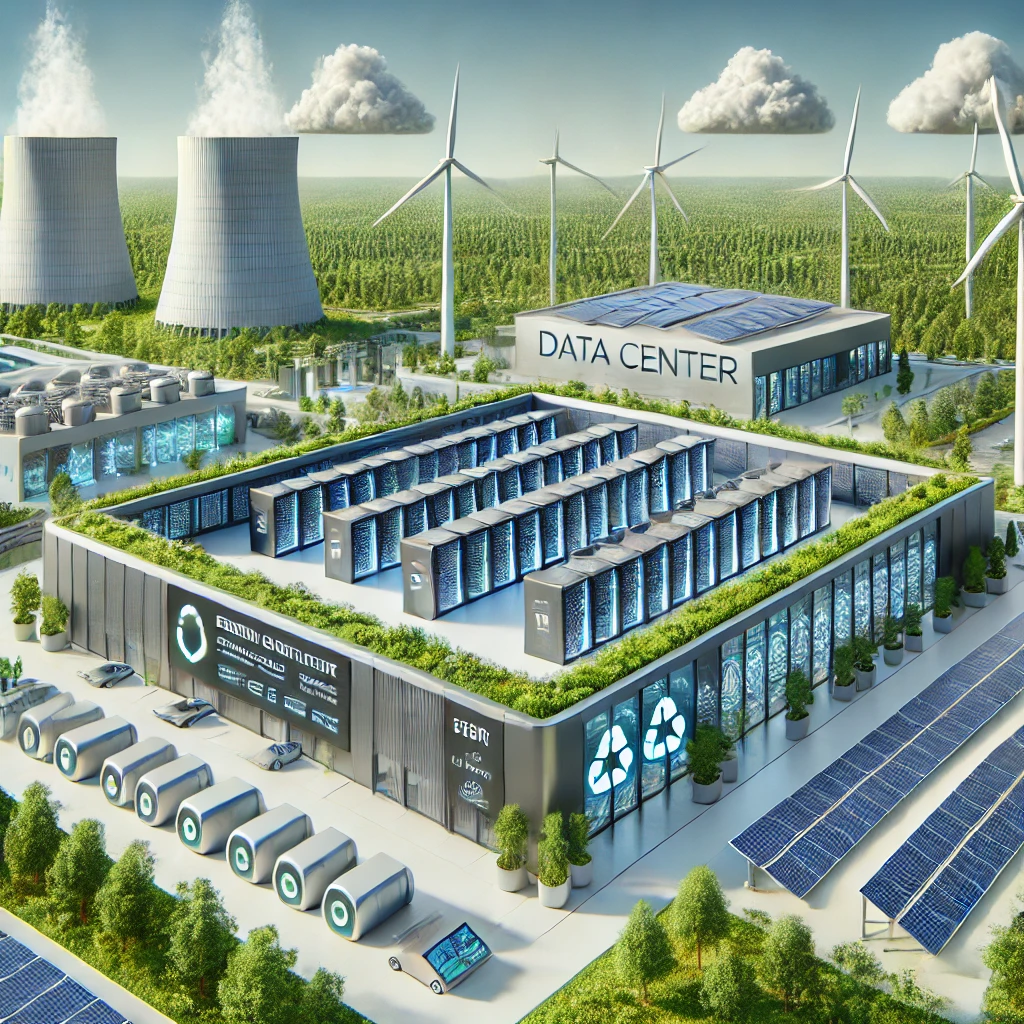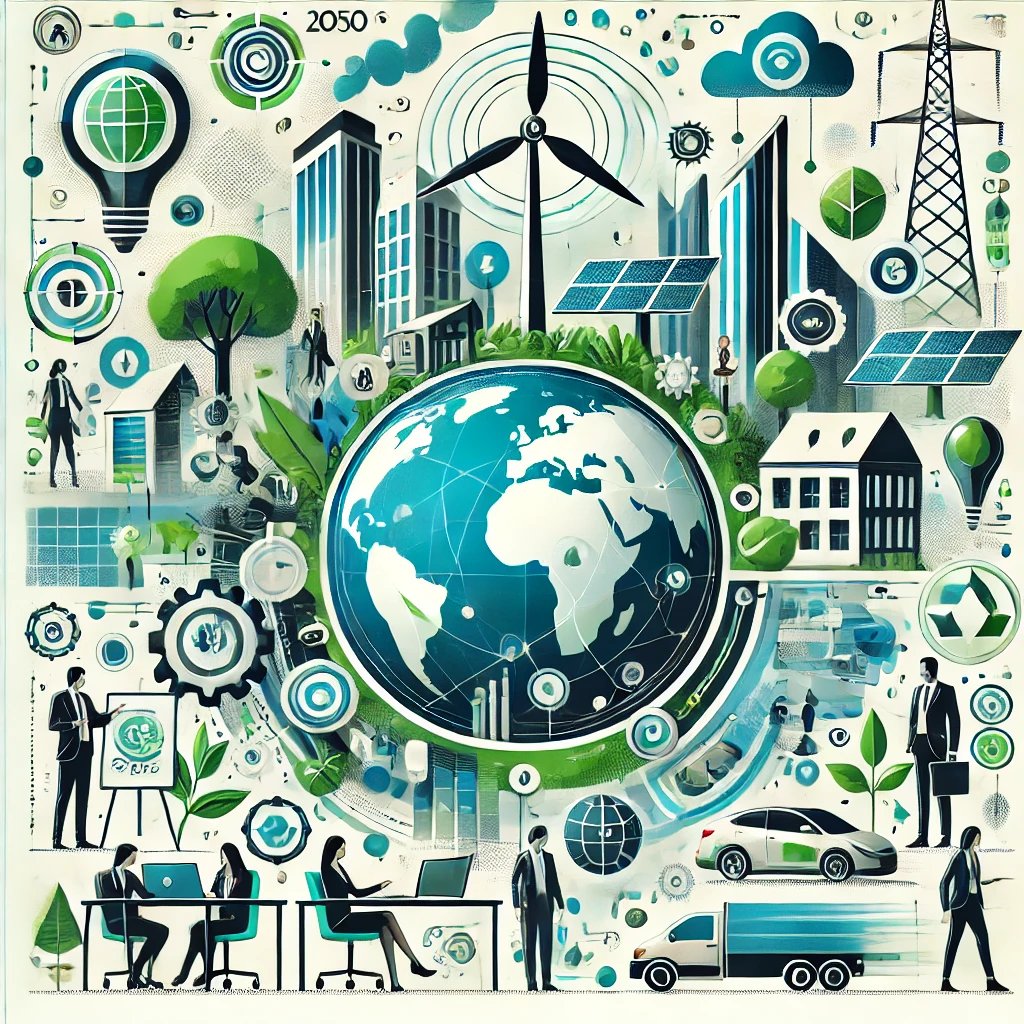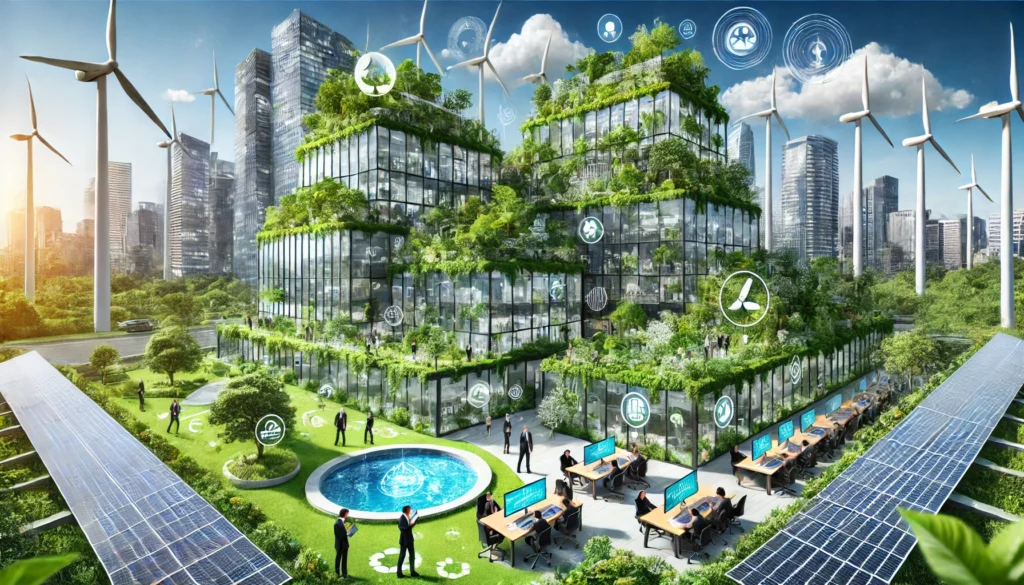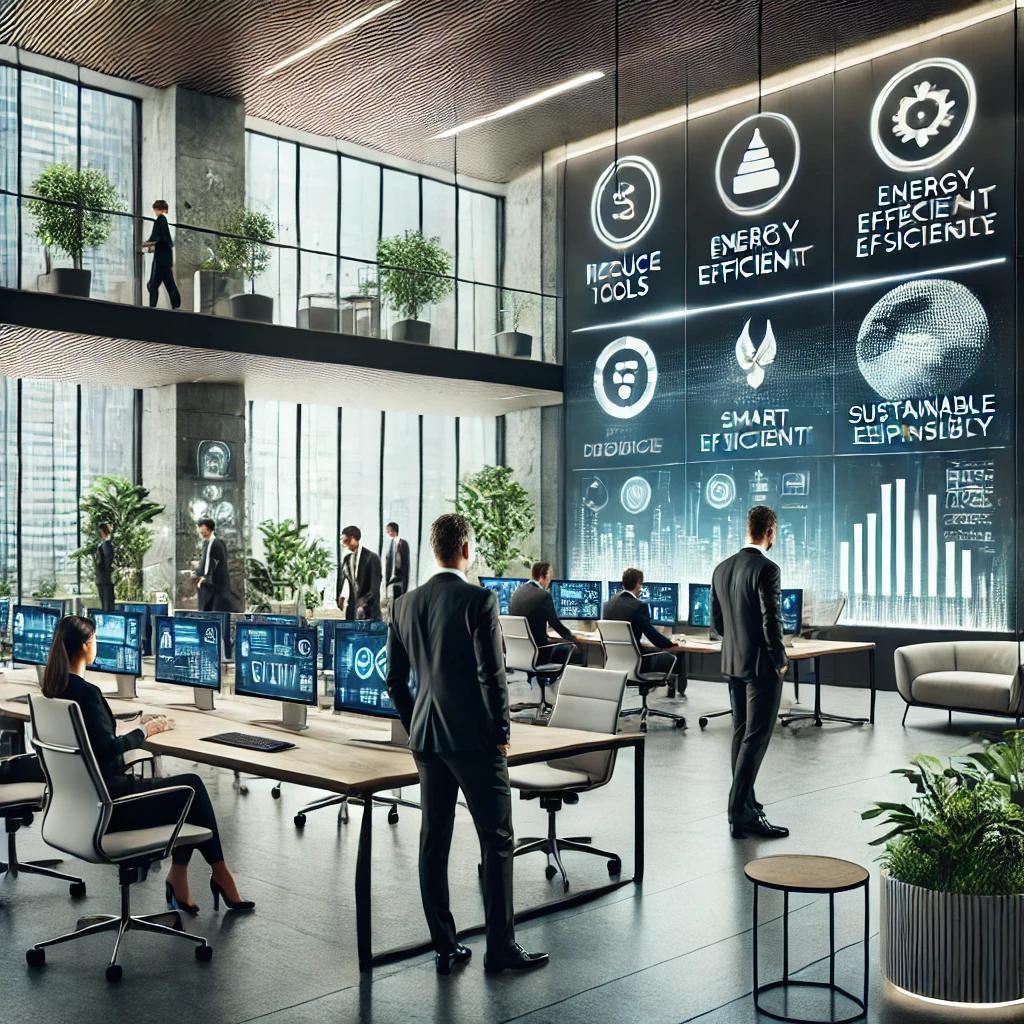Sustainable Tech Practices in Data Centers

As data centers become the backbone of the digital world, their environmental impact has come under increasing scrutiny. Data centers are responsible for a significant portion of global energy consumption, leading to rising concerns about their carbon footprint. In response, the industry is adopting a range of sustainable tech practices to balance the growing demand for digital services with environmental responsibility. Here are some of the most impactful sustainable practices being implemented in data centers today:
1. Transitioning to Renewable Energy Sources
One of the most significant steps toward sustainability is the shift from traditional energy sources, such as coal or natural gas, to renewable energy. Many data centers are now powered by solar, wind, and hydropower, drastically reducing their carbon emissions. Tech giants like Google, Amazon, and Microsoft have committed to running their data centers entirely on renewable energy, setting an example for the industry. This transition not only cuts down on greenhouse gas emissions but also helps data centers mitigate the risks of energy price fluctuations associated with fossil fuels.
2. Energy-Efficient Hardware
Sustainable data centers focus on using energy-efficient servers, storage, and networking equipment. Modern hardware is designed to perform with higher efficiency while using less power, reducing overall energy consumption. Innovations in chip design, solid-state drives (SSDs), and modular hardware also contribute to a more sustainable infrastructure. By utilizing more efficient components, data centers can process more data while consuming less energy.
3. Advanced Cooling Solutions
Cooling systems are one of the largest contributors to energy consumption in data centers, as servers generate massive amounts of heat. Traditional air conditioning systems are being replaced by more advanced cooling methods, such as liquid cooling and free-air cooling. Liquid cooling involves circulating water or other fluids through systems to remove heat more efficiently, while free-air cooling uses outside air to cool servers in colder climates. These methods drastically reduce the energy required for cooling, making data centers more eco-friendly.
4. AI-Driven Energy Optimization
Artificial intelligence (AI) is playing an increasingly important role in optimizing the efficiency of data centers. AI algorithms can analyze data in real time to adjust power consumption, cooling systems, and workloads dynamically, ensuring that resources are used efficiently without waste. AI can also predict when maintenance is needed, preventing downtime and reducing the need for over-provisioning power or cooling.
5. Recycling Waste Heat
Data centers produce large amounts of heat as a byproduct of server operations. Rather than letting this energy go to waste, many data centers are beginning to implement waste heat recovery systems. This recovered heat can be repurposed to warm nearby buildings, feed into district heating systems, or even be used to generate electricity, reducing overall energy demand and making better use of existing resources.
6. Modular and Compact Data Center Design
Modular data centers are built using prefabricated units that can be easily deployed and scaled according to demand. This design minimizes material waste during construction and allows for energy-efficient operation by using smaller, highly optimized modules. Compact designs also help reduce the land and resources required to run large data centers, contributing to more sustainable use of space and materials.
7. Water Conservation
Data centers traditionally use significant amounts of water to keep systems cool. In response to water scarcity concerns, many centers are now adopting water-efficient cooling systems or completely water-free alternatives like liquid immersion cooling or using closed-loop water systems. These systems conserve water by reusing it for longer periods or eliminating the need for water-based cooling altogether.
8. Carbon Offsetting and Sustainable Operations
In addition to direct energy efficiency measures, many data centers are investing in carbon offset programs to mitigate their overall environmental impact. This involves funding renewable energy projects, reforestation efforts, or other initiatives that reduce carbon emissions globally. Some companies are also exploring energy-saving strategies such as operating data centers in cooler climates or placing them near renewable energy sources to optimize energy use.
Conclusion
As the digital economy continues to expand, the role of data centers in driving innovation and supporting global connectivity will only increase. However, their impact on the environment must be addressed to ensure a sustainable future. By implementing energy-efficient hardware, AI-driven optimization, advanced cooling techniques, and renewable energy sourcing, data centers are leading the way in the green tech revolution. These sustainable practices not only reduce environmental harm but also position companies to meet regulatory demands and consumer expectations for eco-friendly operations. The path forward for data centers is clear: sustainability and technology must go hand in hand to power the future responsibly.






Responses